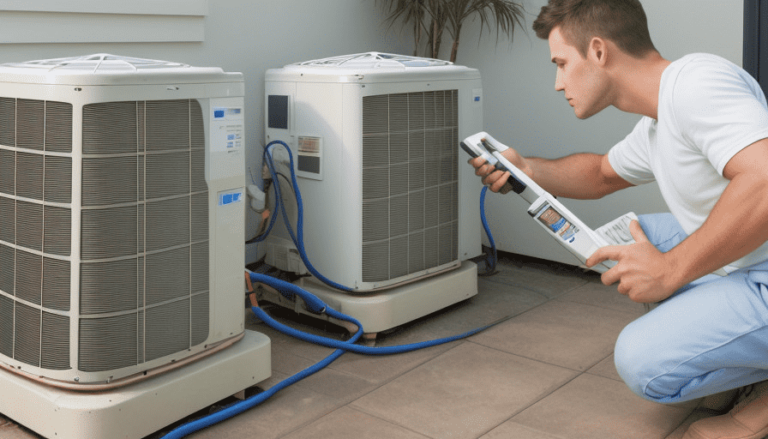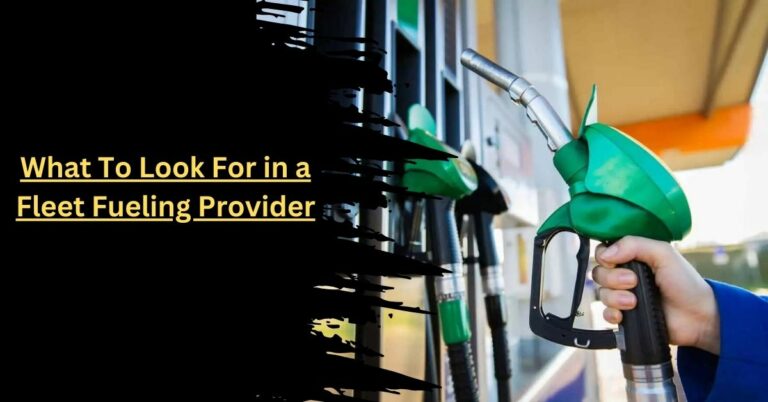The Hidden Costs of Not Purging Your Equipment
Why is equipment maintenance often overlooked? It’s easy to assume that if machinery or equipment functions well, it’s safe to skip regular maintenance. However, beneath the surface, ignoring essential processes like purging can lead to significant, costly consequences. It may not be immediately apparent, but neglecting equipment upkeep can compromise efficiency, safety, and lifespan.
One crucial step often forgotten is nitrogen purging. This practice involves removing contaminants like oxygen and moisture from equipment. When skipped, it invites a range of risks that can slowly snowball into significant financial burdens. Let’s dive into what happens when purging is neglected and the hidden costs that accumulate over time.
Decreased Equipment Efficiency
Skipping purging can drastically reduce the efficiency of your machinery. Over time, contaminants build up in equipment systems, obstructing normal operations. These impurities slow performance, leading to longer processing times and increased energy consumption. Equipment that should perform optimally under certain conditions struggles, resulting in excessive energy costs and wasted resources.
Inefficient equipment often needs to work harder to maintain production levels. This additional strain causes overheating and can shorten its operational life. Regular purging can keep it efficient and prevent unnecessary energy bills, prolonging its service life.
Frequent Equipment Failures
One of the most immediate costs of neglecting purging is frequent breakdowns. Contaminants, like moisture and oxygen, accelerate the wear and tear on internal components. Corrosion, rust, and blockages become more common, leading to costly repairs and replacements.
Unplanned downtime caused by sudden failures can halt entire production lines, resulting in lost revenue and operational delays. While repair costs can be steep, the financial impact of halted production can be even more significant. Regular maintenance can avoid these costly disruptions.
Increased Maintenance Costs
Although routine maintenance may seem unnecessary, it pales compared to the rising costs of emergency repairs. Minor issues can become more significant when the apparatus is not purged as recommended. Emergency callouts, replacements of damaged components, and unscheduled servicing can quickly escalate maintenance costs. Consistent, proactive maintenance could avoid these unplanned expenses.
Compromised Safety
When purging is overlooked, safety risks rise. Depending on the environment, contaminants can lead to hazardous reactions, such as corrosion, leaks, or even explosions. Equipment that contains volatile chemicals or gases is particularly vulnerable when not adequately purged.
These risks extend to workers who operate the machinery. Accumulating dangerous gases or materials can create unsafe working conditions, increasing the likelihood of accidents or injuries. Companies can avoid these safety hazards through diligent purging and maintenance, ensuring a safer working environment.
Reduced Lifespan of Equipment
Reduced lifespan is one of the most significant hidden costs of neglecting purging. Contaminants left inside equipment wear down components faster than usual. Parts that should last years may need to be replaced sooner, resulting in frequent, costly replacements. Replacing entire systems adds a significant financial strain. Regular purging helps maximise the longevity of machinery, stretching budgets further.
Lower Product Quality
Failure to purge them can also lead to decreased product quality. Contaminants can compromise the final output, leading to defects or inconsistencies. Even minor impurities can significantly impact industries where precision is critical, such as pharmaceuticals or food processing. Customers expect consistent, high-quality products. Delivering subpar items because of neglected maintenance could result in losing trust and business.
Environmental Impact and Fines
Neglecting purging can also have environmental consequences. Equipment that leaks hazardous materials or operates inefficiently can increase a company’s ecological footprint. Excessive energy consumption, emissions, and potential leaks of harmful substances can result in hefty fines or penalties from regulatory bodies. Businesses prioritising proper purging help reduce their environmental impact and meet stringent regulatory requirements.
The hidden costs of skipping essential practices like nitrogen purging far outweigh the perceived savings of skipping maintenance. Prioritising regular equipment purging ensures more efficient operation. Companies that invest in proactive maintenance see long-term savings, both financially and in terms of operational stability.






